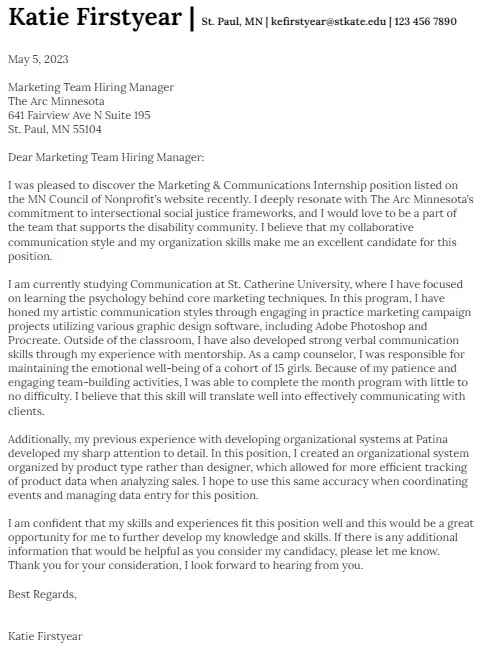Cover Letter Essentials
A cover letter is a crucial document in your job application, serving as your introduction to a potential employer. It provides a platform to highlight your skills, experience, and enthusiasm for the position. Unlike a resume, which offers a summary of your professional history, a cover letter allows you to tell a story, explaining why you are the ideal candidate and how your qualifications align with the company’s needs. Mastering the art of cover letter writing is essential for making a positive first impression and increasing your chances of landing an interview. The best cover letters are not generic; they are personalized, demonstrating your genuine interest in the specific role and the organization.
Understanding the Purpose of a Cover Letter
The primary purpose of a cover letter is to introduce yourself and your qualifications in a way that a resume cannot. It’s your opportunity to express your personality, showcase your communication skills, and explain why you’re interested in the particular job and company. A well-crafted cover letter should complement your resume, providing context and depth to your experience. It should persuade the hiring manager that you are worth considering for an interview. Think of the cover letter as a marketing tool, selling your skills and experience to the employer. It should be tailored to the specific job and company, reflecting your understanding of their needs and your ability to meet them.
Highlighting Your Key Skills
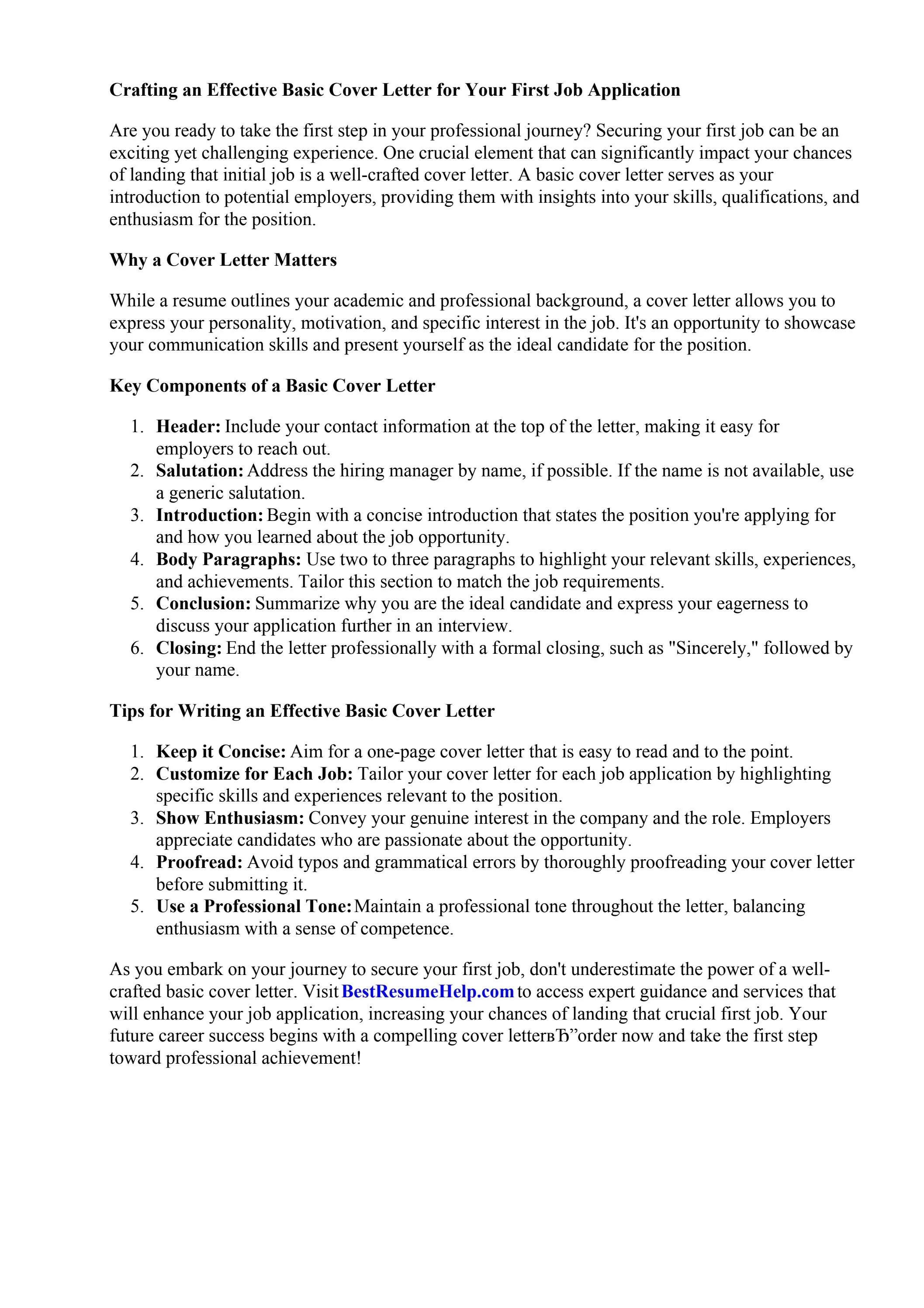
In your cover letter, you must highlight the skills that make you a strong candidate for the job. Review the job description carefully and identify the key skills and requirements the employer is seeking. Then, provide specific examples from your work or educational experience where you demonstrated those skills. This isn’t just about listing your skills; it’s about illustrating how you’ve applied them to achieve results. Use action verbs to describe your accomplishments and quantify your achievements whenever possible. For example, instead of saying “Managed projects,” say “Managed projects, resulting in a 15% increase in on-time project delivery.” Demonstrating your skills with concrete examples makes your cover letter more compelling and memorable.
Tailoring Your Cover Letter
One of the most common mistakes in cover letter writing is submitting a generic letter that could apply to any job. To make your cover letter stand out, you must tailor it to each specific position and company. This involves researching the company, analyzing the job description, and customizing your letter to reflect your understanding of their needs. Demonstrate that you’ve taken the time to learn about the company’s mission, values, and recent achievements. Show how your skills and experience align with the specific requirements of the job. This personalization demonstrates your genuine interest and increases your chances of getting noticed. Avoid using a template without significant modifications.
Researching the Company
Before you start writing, thoroughly research the company. Visit their website, read news articles, and check their social media profiles to understand their business, culture, and values. This research will help you tailor your cover letter to demonstrate your understanding of the company and your alignment with their goals. Identify any recent projects, initiatives, or awards the company has received. Referencing these details in your cover letter shows that you are genuinely interested in the company and have taken the initiative to learn about them. This effort can make a significant difference in the hiring manager’s perception of your application.
Analyzing the Job Description
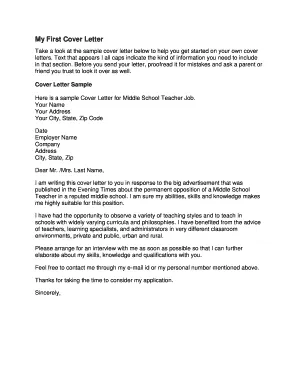
Carefully analyze the job description to identify the key requirements, skills, and qualifications the employer is seeking. Highlight the keywords and phrases that describe the ideal candidate. Use these keywords throughout your cover letter to demonstrate that you possess the necessary skills and experience. However, be careful not to simply repeat the job description; instead, provide specific examples of how you have demonstrated these skills in your previous roles. This approach not only shows that you meet the requirements but also demonstrates your ability to apply them effectively.
Formatting Your Cover Letter
The formatting of your cover letter is essential for creating a positive first impression. A well-formatted letter is easy to read, professional, and visually appealing. Proper formatting enhances readability and ensures that your message is clear and concise. Pay attention to the layout, font, and overall appearance of the document. A cluttered or poorly formatted cover letter can detract from your message, even if the content is excellent. Your cover letter should be visually clean, well-organized, and easy to scan.
Choosing the Right Font and Style
Select a professional and easy-to-read font, such as Times New Roman, Arial, or Calibri. Avoid overly decorative or unusual fonts that can be distracting. Maintain a consistent font size throughout the document, typically between 10 and 12 points. Use a standard font style, such as regular or bold, to emphasize key information. The font and style should reflect professionalism and attention to detail. Ensure the font is clear and legible on both digital screens and printed copies. Using a consistent and professional font will make your cover letter more appealing to the reader and reflect your attention to detail.
Structuring Your Cover Letter
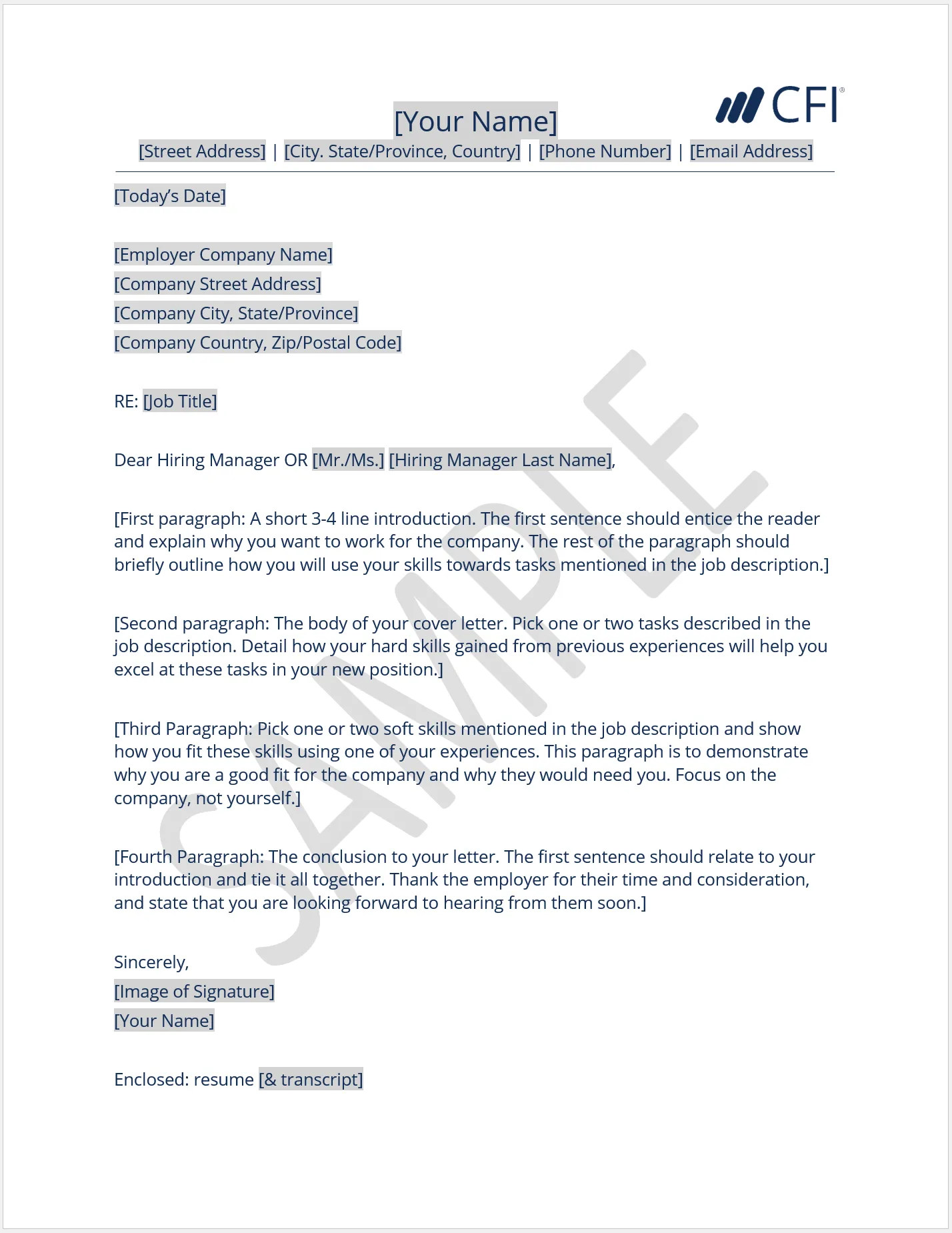
A well-structured cover letter should follow a clear and logical format, typically including an introduction, body paragraphs, and a conclusion. Each section serves a specific purpose and contributes to the overall effectiveness of the letter. A standard cover letter layout makes it easy for the hiring manager to quickly grasp your qualifications and your interest in the position. This includes your contact information, the date, the recipient’s contact information, a professional salutation, the body paragraphs, a closing, and your signature. Proper structure ensures that your message is clear, concise, and persuasive.
The Introduction
Your introduction is the first opportunity to grab the reader’s attention. It should state the position you’re applying for and how you found the job. It should also provide a brief overview of your qualifications and express your enthusiasm for the role. The introduction sets the tone for the rest of the letter and should immediately convey your value proposition. Make your introduction compelling and tailored to the specific job and company. The introduction aims to capture the reader’s interest and convince them to continue reading.
The Body Paragraphs
The body paragraphs should provide more detailed information about your skills, experience, and accomplishments. Use this section to explain how your qualifications align with the job requirements and the company’s needs. Provide specific examples to demonstrate your abilities and quantify your achievements whenever possible. The body paragraphs should provide enough evidence to support your claims and convince the reader that you are a strong candidate. Each paragraph should focus on a specific aspect of your qualifications and provide concrete examples. Address key requirements from the job description in these paragraphs.
The Conclusion
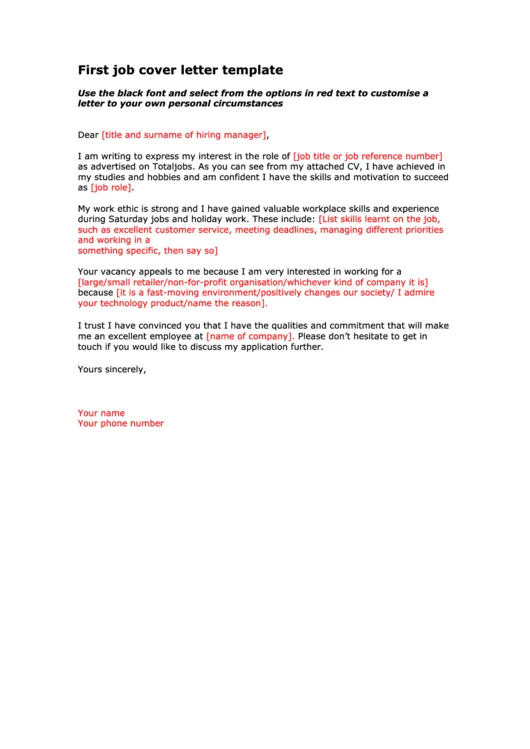
Your conclusion should reiterate your interest in the position and summarize your key qualifications. Thank the reader for their time and consideration, and include a call to action, such as inviting them to contact you for an interview. Keep your conclusion concise and professional, leaving a positive lasting impression. The conclusion should leave the reader with a clear understanding of your value and encourage them to take the next step in the hiring process. Make sure to include your contact information again, just in case it is missed. The conclusion is your last chance to make a strong impression.
Writing a Compelling Introduction
The introduction is the first impression you make on the hiring manager. It should immediately capture their attention and convey your enthusiasm for the role. Your opening should be concise, clear, and engaging. Avoid generic introductions; instead, tailor your opening to the specific job and company. A strong introduction will make the reader want to learn more about you. It’s your opportunity to show your personality and passion. Making a good first impression is half the battle; a compelling intro can lead to further steps.
Grabbing the Reader’s Attention
Start with a strong hook to grab the reader’s attention. This could be a brief statement about your most relevant skill or accomplishment, a reference to the company’s recent success, or a personal anecdote that demonstrates your interest in the position. Avoid clichés and generic opening sentences. Your goal is to pique the reader’s curiosity and encourage them to continue reading. An engaging opening can set the tone for the entire letter and make a positive first impression.
Stating Your Purpose
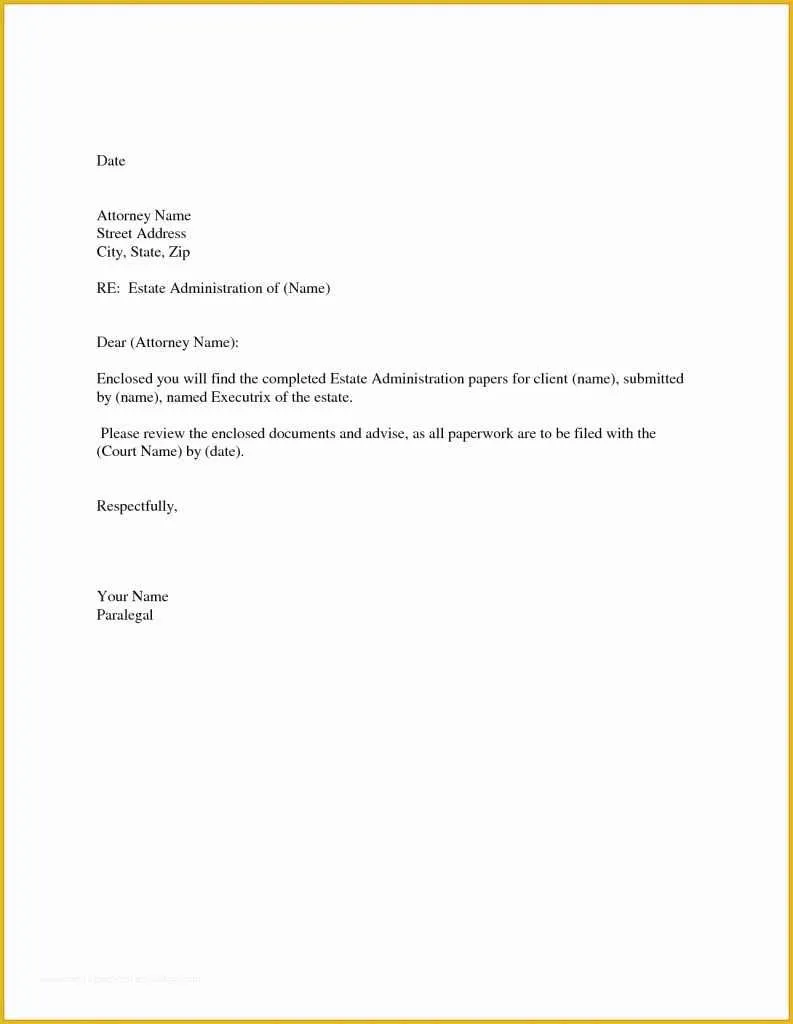
Clearly state the position you are applying for and where you found the job posting. Be specific and avoid ambiguity. This ensures the reader knows immediately what the letter is about. This clarity helps the hiring manager quickly understand your intentions. Include the job title and, if applicable, the job reference number. Being direct and clear helps in the review and screening process. This is essential to showing you are taking the job search seriously and have followed instructions.
Showcasing Your Achievements
In your cover letter, focus on showcasing your achievements rather than simply listing your responsibilities. Describe how you have made a positive impact in previous roles. This is where you demonstrate your value to the employer. Quantify your accomplishments whenever possible by using numbers and metrics to measure your success. This makes your claims more credible and persuasive. Focusing on achievements also makes your letter stand out from the rest. Use action verbs to describe your accomplishments and demonstrate your skills.
Quantifying Your Accomplishments
Whenever possible, quantify your accomplishments to demonstrate your value. Instead of saying “Improved customer service,” say “Improved customer service ratings by 15% through implementing a new training program.” Use numbers, percentages, and metrics to measure your achievements. This provides concrete evidence of your skills and abilities. Quantification adds credibility to your claims and helps the reader understand the impact you’ve made in previous roles. Data and facts are more persuasive than generic statements.
Demonstrating Your Value
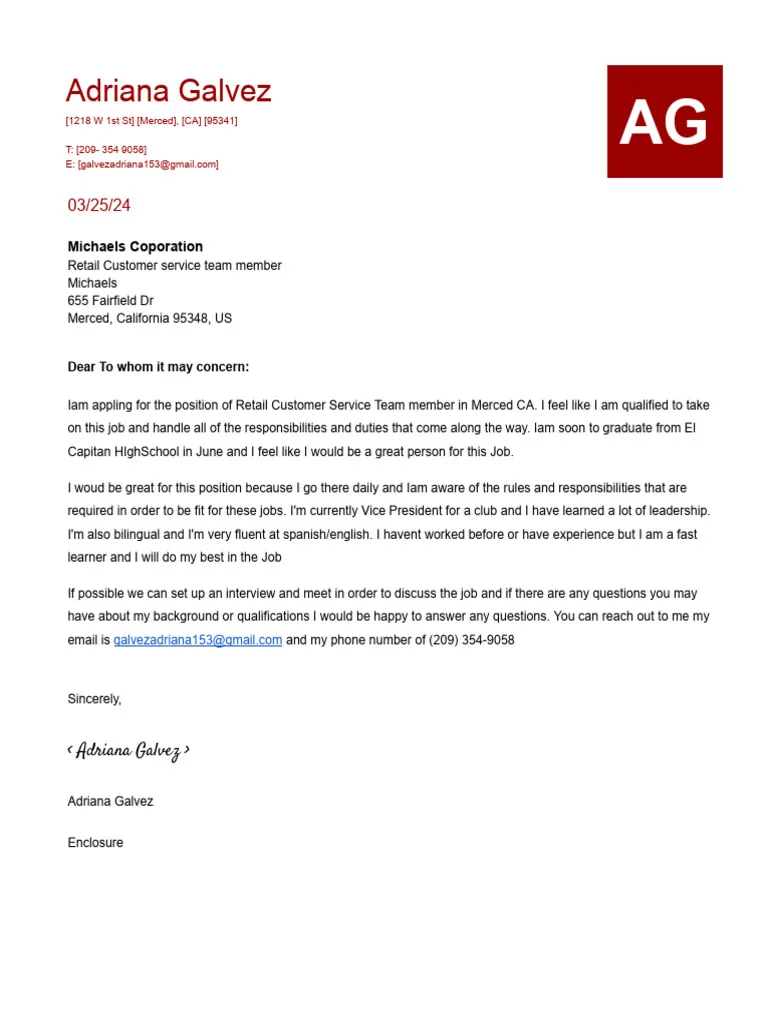
Focus on what you can bring to the company. Explain how your skills, experience, and accomplishments align with the job requirements and the company’s needs. Demonstrate that you understand the challenges the company faces and that you have the skills to contribute to their success. The goal is to convince the hiring manager that you are the ideal candidate. Show how your unique skills and qualifications will make you an asset. Align your value with their needs.
Writing a Strong Conclusion
Your conclusion should summarize your key qualifications, reiterate your interest in the position, and include a call to action. Leave the reader with a clear understanding of your value and encourage them to take the next step. A strong conclusion is essential for leaving a positive impression. Keep your conclusion concise, professional, and tailored to the specific job and company. A well-crafted conclusion encourages the reader to contact you for an interview.
Reiterating Your Interest
In your conclusion, reiterate your strong interest in the position and the company. Show enthusiasm for the opportunity and express your eagerness to contribute to their success. This reinforces your commitment and makes you memorable. Show you are truly invested in the opportunity. This will provide one last reminder of your value to the company and demonstrate your excitement about the opportunity.
Thanking the Reader
Thank the reader for their time and consideration. This is a polite and professional gesture that shows respect for their time and effort. A thank you note creates a positive and professional tone. Expressing your gratitude is a simple but effective way to leave a positive impression. It’s also a good practice.
Proofreading and Editing
Before submitting your cover letter, carefully proofread and edit it to ensure it is free of errors. Errors in grammar, spelling, and punctuation can undermine your credibility and damage your chances of getting an interview. Proofreading is a critical step in cover letter writing. Proofreading ensures that your writing is polished and professional. A well-edited cover letter demonstrates your attention to detail and commitment to quality.
Checking for Grammar and Spelling Errors
Carefully check your cover letter for any grammar or spelling errors. Use spell-check and grammar-check tools, but don’t rely on them completely. Always read your cover letter carefully to catch any mistakes. Ask someone else to review your cover letter for a fresh perspective. Errors make you appear unprofessional and can hurt your job prospects. Make sure your cover letter is a shining example of your written communication skills.
Ensuring Clarity and Conciseness
Ensure your cover letter is clear, concise, and easy to read. Avoid using jargon, overly complex language, or long, convoluted sentences. Use short, direct sentences to convey your message effectively. Your goal is to communicate your qualifications clearly and concisely. A clear and concise cover letter will make a strong impression. Make sure that your letter is to the point and easy to understand.
Cover Letter Examples
Reviewing cover letter examples can provide valuable insight into different writing styles, formats, and approaches. Look for examples relevant to your industry and the types of jobs you are applying for. Pay attention to how the examples highlight skills, experience, and accomplishments. You can find numerous cover letter examples online, in career guides, and through career services resources. Use these examples to gain inspiration and guide your writing, but be sure to tailor your letter to your unique qualifications and the specific job requirements. Good examples can show you exactly what to do, and what not to do. Use examples as a guide, not a template.
Tips for Success
There are several key tips to keep in mind when writing a cover letter. These tips can significantly improve your chances of making a positive impression and securing an interview. Following these practices can help you create an effective cover letter. By following these tips, you can ensure your cover letter effectively showcases your skills and experience and gets you noticed.
Focus on the Employer’s Needs
Always tailor your cover letter to focus on the employer’s needs and the specific requirements of the job. Demonstrate that you understand the company’s goals and how your skills and experience align with their needs. Avoid simply listing your qualifications; instead, explain how you can contribute to the company’s success. Show the employer that you are focused on their needs and are excited to contribute.
